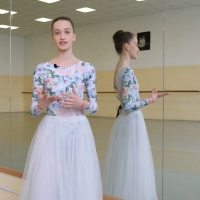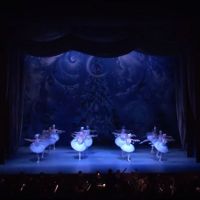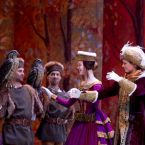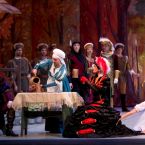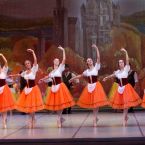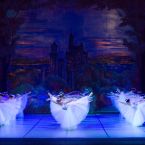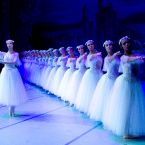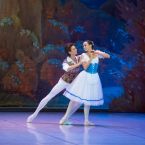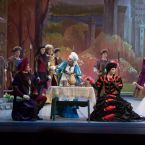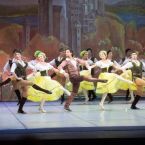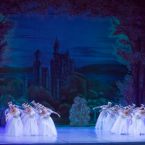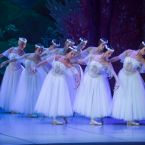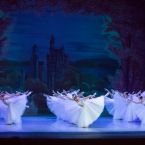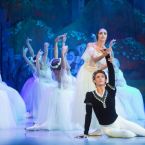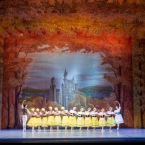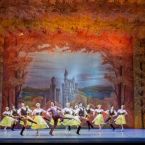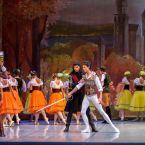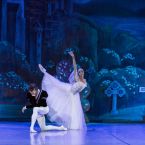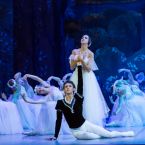On June 28, 1841 on the scene of the Parisian Royal Academy of music took place the premiere of the ballet "Giselle" , french composer Adolphe-Charles Adam (1803-1856; in the Russian transcription his surname is changed — Adan) — the author of 60 opera and ballet scores. This "the pearl of poetry, music and choreography" was the masterpiece of romantic art which imprinted his favourite dramaturgic motives — two-planned character of action, the contradiction between spiritual and real, the illusive world of images, ghosts, shadows.
The basis for the ballet is the poetic legend about the Wilis — the brides who died before the wedding. At midnight they leave the graves and dance as if seeking to prolong maiden games which were interrupted so cruelly by death. A grief to the traveler who met them. Obsessed with revengeful feeling, Wilis will involve him in the round dance and to exhaustion will begin to whirl in dances until he falls dead...
Having processed a legend, T. Gaultier and G. Saint-George created the libretto to a certain extent exemplary, answering to artistic ideals of romantic art and, at the same time, submitting to specific laws of choreography. Its conciseness, focus, clarity of subject situations promote identification of the main idea of work in which the love possesses unfading force.
One of the authors of the choreographic text — G. Perrault composed it for the wife and the schoolgirl Carlotta Grizi — the first performer of party Giselle, the famous romantic ballerina. The plastic score of the ballet finished and made in all smallest details differs in organic connection of dance and a pantomime, effective and psychological drawing of duets, air nature of the movements. Value of corps de ballet is great, which dance "symphonic" is connected with dance of the heroine.
The premiere of "Giselle" in Russia took place in 1842. In choreographic literature at once there was a definition "the Russian Giselle" reflecting an originality of the spiritualized reading by the Russian ballerinas of difficult leading party of the ballet. Each of the glorified dancers — E. Andreyanova, A. Pavlov, O. Spesivtsev, M. Semenov, G. Ulanov and others — opened in it something her own, until unknown. Not without reason the English ballet critic Arnold Haskell wrote that "to see the ballerina as Giselle — it means to learn all her opportunities".
In 1944, in commemoration of century from the date of the first Moscow staging of "Giselle", L. Lavrovsky created new edition of the ballet. Having kept the choreographic text in inviolability, he carefully edited performance stage settings, specified and improved drawing of separate dances.
More than one and a half centuries this ballet are put at all leading theatres of the world, and Giselle's party is included into repertoire of each considerable ballerina. Fragile, defenseless and, at the same time, the image allocated with the great power of love, "eternally young" doesn't leave indifferent human hearts.



